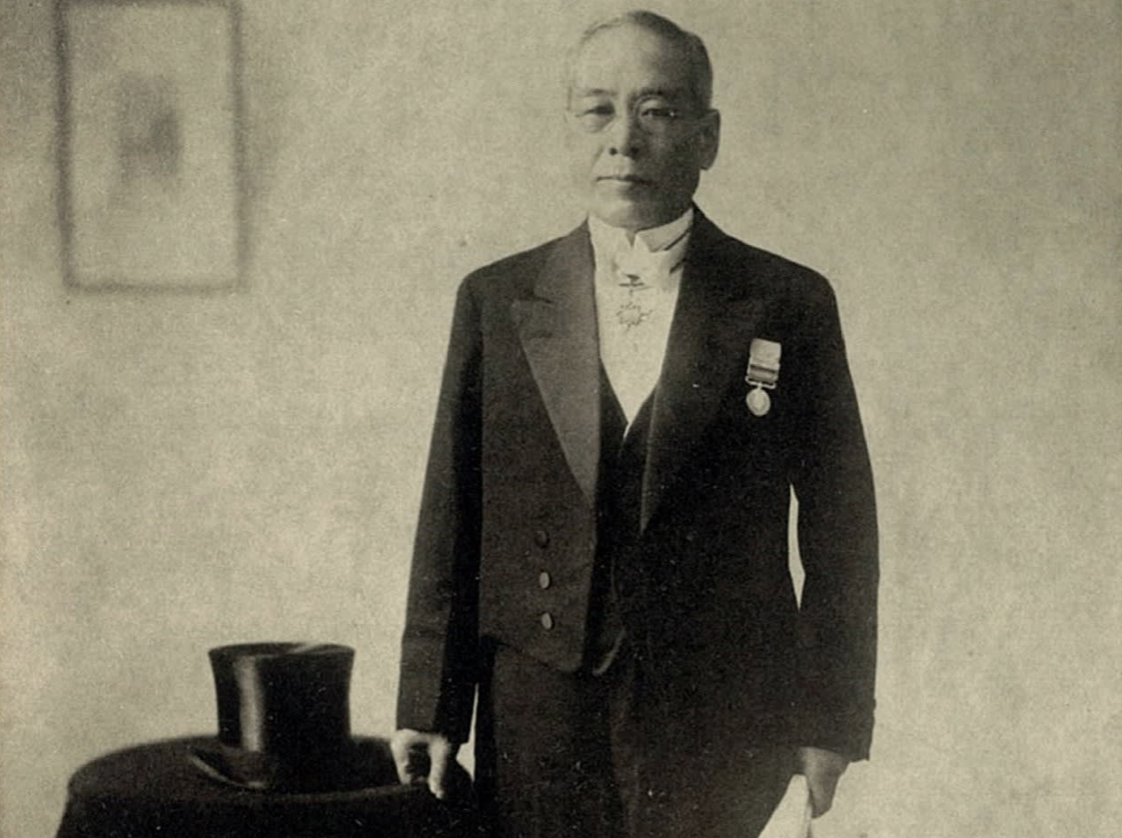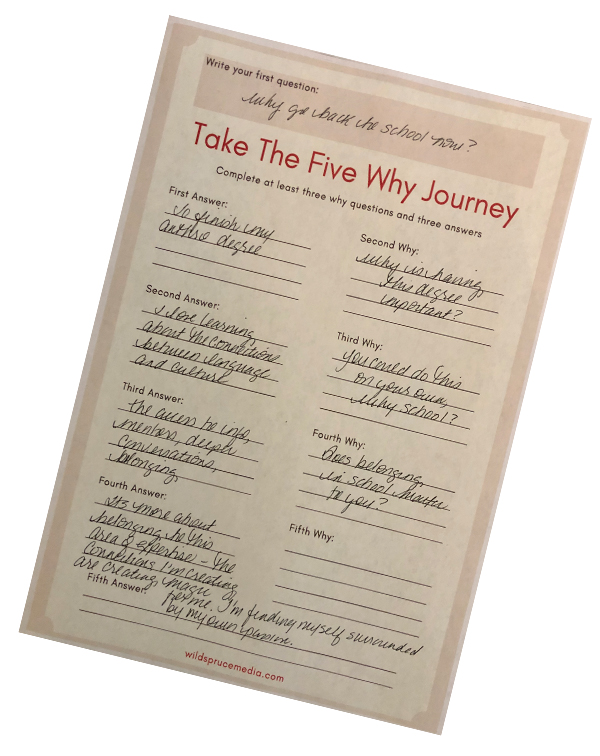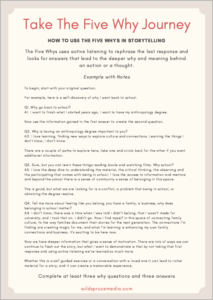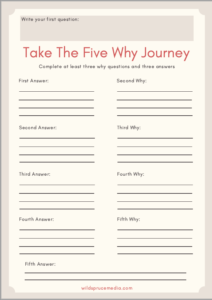Well hey there!
I want to take a minute and thank you for being here. For starting this journey.
This is a big deal!
With just one click, you made a decision to start telling your story or that of a loved one. And I’m so excited for you!
Taking this on isn’t always easy, but it can be a lot of fun. Consider that exploring who we are and our stories is an adventure. And I’m here to guide you every step of the way.
The five whys is one of the tools I use to help build story maps.
Before you dive into the worksheet below, here’s a little history…
The Five Whys is a problem solving technique developed by Sakichi Toyoda (Toyota) in the 1930s. By the 1970s it had become a popular business tool. And today it continues to be used around the world to solve problems in business and personal use alike.
This method leans into addressing a problem by getting to the root of the issue by simply asking “Why?” five times. The key is in the reframing of the answer. Digging deeper we find new ways of looking at the problem and sometimes uncover hidden alignments.

So why guide you through a problem solving tool?
Besides being fun!
Asking ourselves (or our loved ones) questions is at the very heart of storytelling. In order to tell a story we need to listen and find the pieces that make up the whole. Often that means going beyond the first response. (MAJOR HINT: The first answer is almost never the real answer)
And yes, this is something you can do with your self. It’s a great tool when looking for clarity. Or trying to maintain a thought thread while digging deeper. And it is fun to use in a conversation when you’re gathering more information… for what ever reason. Any parents in the house? 😉
Download the Take The Five Whys Journey Worksheet
How to Use The Five Whys in Storytelling
The Five Whys uses active listening to rephrase the last response and looks for answers that lead to the deeper why and meaning behind an action or a thought.
To begin, start with your original question.
For example, here is a self-discovery of why I went back to school.
Q1. Why go back to school?
A1. I want to finish what I started years ago, I want to have my anthropology degree.
Now use the information gained in the first answer to create the second question.
Q2. Why is having an anthropology degree important to you?
A2. I love learning, finding new ways to explore culture and connections. Learning the things I don’t know, I don’t know.
There are a couple of paths to explore here, take one and circle back for the other if you want additional information.

Q3. Sure, but you can learn these things reading books and watching films. Why school?
A3. I love the deep dive to understanding the material, the critical thinking, the observing and the participating that comes with being in school. I love the access to information and mentors and beyond the school there is a sense of community, a sense of belonging in this space.
This is good, but what we are looking for is a conflict, a problem that being in school, or obtaining the degree resolves.
Q4. Tell me more about feeling like you belong, you have a family, a business, why does belonging in school matter?
A4. I don’t know, there was a time when I was told I didn’t belong, that I wasn’t made for university, and I took that on. I didn’t go. Now I find myself in this space of connecting family culture, to the way families document their stories for the next generation. The connections I’m finding are creating magic for me, and what I’m learning is enhancing my own family connections and business. It’s exciting to be here now.
Putting it Together
Now we have deeper information that gives a sense of motivation. There are lots of ways we can continue to flesh out the story, but what I want to demonstrate is that by not taking that first response and using active listening we’ve learned so much more.
Whether this is a self guided exercise or a conversation it can lead to richer material for a story, and it can create a memorable experience.
Now it’s your turn.
All great journey’s start with a step forward. Download the worksheet, or use a blank piece of paper, use a napkin if you have one, or try it in a conversation… the medium doesn’t matter.
Give it a try and please let me know how it goes.
Interested in learning more, please consider my Legacy Story Mapping Workshop or Custom One on One Guidance.

